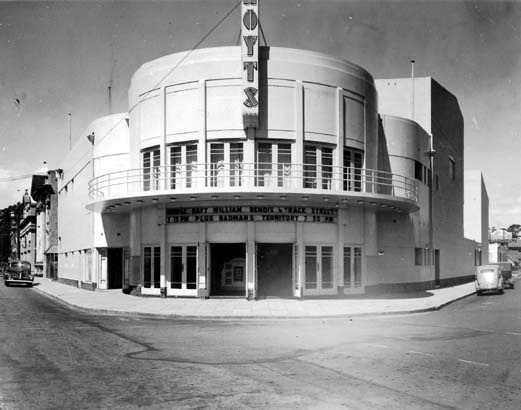Encouraging participation of WA youth in the broader community
This challenge is to recognise the project that encourages the participation of WA youth in the broader community
Go to Challenge | 6 teams have entered this challenge.

MALINGAring
Audio, Meet Building is the tourism app that tags Australia’s heritage sites with contemporary storytelling.
Walking tours add context to place. They bring it to life. Our idea is to provide a rich tourism experience that lets locals add their own personal histories to buildings they have a history with. Some buildings will be historically significant, with data sourced from heritage databases. Others will be pubs, takeaway food joints or beaches, collected via the Google Maps API.
You land in a new city and start exploring the map. The darker the tag, the more visited the place is. The app will ping you when you walk past a building with a cool history. When you follow a marker you get an explanation, a choice of audio grabs and a social media feed. Audio is categorised - so for example, young people can listen to young people’s stories. People can theme their own tourism experience.
After you’ve listened, upvote the audio you like. And add your own history. If you know it was a secret make-out spot for teens, add that in. If your Dad was there when the bikies raided the place, add that in. And share on social media.
We’re building an evolving history of place. Location data, oral histories, social media and contemporary stories. Replacing a single source of authority and passive information - with engaging multi-channel wisdom of the crowd. And a new rich source of data for tourism organisations.
In the future we hope to include other social media sites and sources such as Trove to provide greater context for each heritage site. We also plan to expand our collection of locations to include interstate sites and sites of Indigenous significance.
We used the Heritage Council WA State Register to retrieve basic name and coordinate information about each of Western Australia's heritage listed sites. We determined the centroid of the geographic polygons associated with each site, and used this to query the Twitter API for any geotagged tweets within a kilometre. We calculated a popularity index from the number of tweets, favourites and retweets, which was used to color-code points on the map. We prototyped a web site for the user interface, and designed a layout for a mobile application. This includes buttons for users to contribute their own memories to the folk history of the site, categorise entries, and vote on stories they like. The Google Maps API is used to display markers, and descriptions are currently sourced from Wikipedia.
Description of Use Retrieve descriptions of heritage sites (not fully implemented).
Description of Use Retrieve Instagram posts near a particular heritage site, calculate popularity/visitation statistics to each site.
Description of Use Retrieve tweets near a particular heritage site, calculate popularity/visitation statistics of each site.
Description of Use Display locations of heritage sites on map.
Description of Use Retrieve information about heritage sites.
Go to Challenge | 6 teams have entered this challenge.
Go to Challenge | 4 teams have entered this challenge.
Go to Challenge | 4 teams have entered this challenge.
Go to Challenge | 23 teams have entered this challenge.
Go to Challenge | 5 teams have entered this challenge.
Go to Challenge | 23 teams have entered this challenge.
Go to Challenge | 21 teams have entered this challenge.
Go to Challenge | 17 teams have entered this challenge.
Go to Challenge | 4 teams have entered this challenge.
Go to Challenge | 38 teams have entered this challenge.